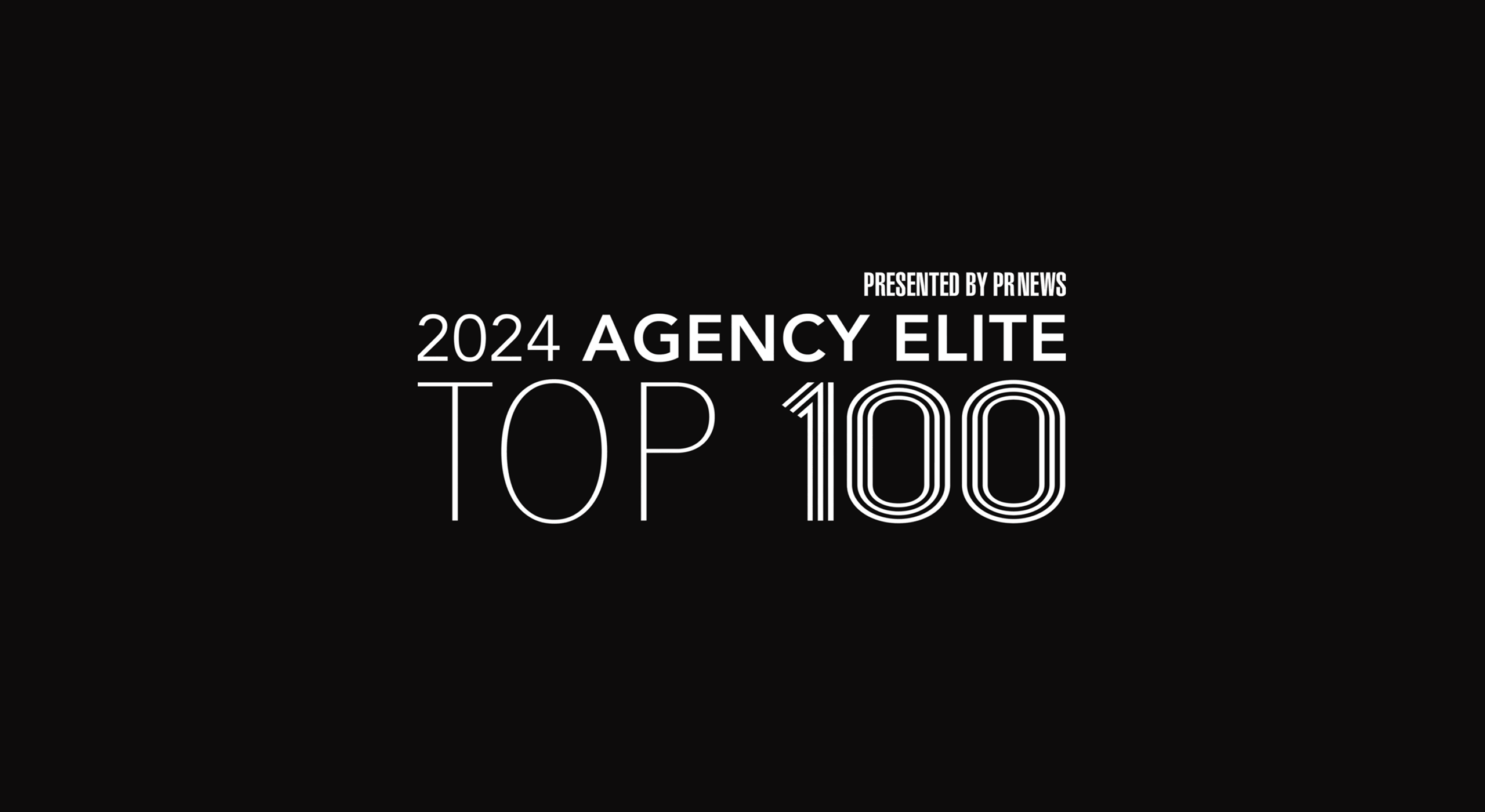
What’s Good Enough For the Royals: Fancy Fonts & Formal Communications
By: Mark Winter
Basking in the afterglow of last week’s royal nuptials, wedding industry professionals and brides worldwide are scrambling to “borrow” elements from the wedding of Prince William & Kate Middleton…to give their own events that “royal” feel. Dresses are being knocked off, horse and carriages are being reserved and—God knows—millineries are in headgear production overdrive.
But there’s one practical tip of which brides and businesses alike might want to take note: In the world of formal communications, there is a common misconception that scrolling script fonts denote formality. I beg to differ.
Americans, who tend to clamor toward all things glamorous, are especially guilty of these typographic missteps. In truth, formality can be conveyed in many ways other than font. Colors can evoke feelings of regality—consider the bright red of military uniforms such as the one worn by Prince William. Texture and weight can convey a sense of luxury—consider the opulent feel of a silk sheet as opposed to an ordinary cotton one. Detail and finish can demonstrate a level of refinement—consider the embossed seal on a diploma or certificate versus a rubber stamped seal that might be used to mark postage. Now translate all of those elements to a printed piece.
Assuredly, there can be no more formal an event than a royal wedding….and amongst the invitations and programme, there was not a scrolling character to be found. Will and Kate’s invitation was printed on an oversized, extra thick cardstock with beveled and gilded edges. It was topped simply with the Queen’s insignia diestamped in gold and burnished. The very gently italicized text was simple and demure in form. The front and back covers of the 28-page wedding programme were simply adorned with the bright, bold coats of arms of the bride and groom. The royal red headlines throughout were typeset in sharply-serifed capital letters. Oversized images of the couple and majestic ceremony site were used tastefully and sparsely. That’s it. No glitter or sparkles. No flashing lights or animations. And no script fonts.
What’s the lesson here? Complexity does not equate to quality. Quality is in the details.
A post note about scripts: I’m not opposed to scrolling fonts. They have their place…used sparingly. I believe their overuse stems from the popularity of calligraphy used when addressing formal invitations. However, the value of the calligraphy is not in the beauty of the swooping letters—in fact, the postal service hates it because it’s hard to read. The real value is in the implication of time and care taken to neatly address each envelope by hand. The script pulled from your desktop font library loses that implication.



